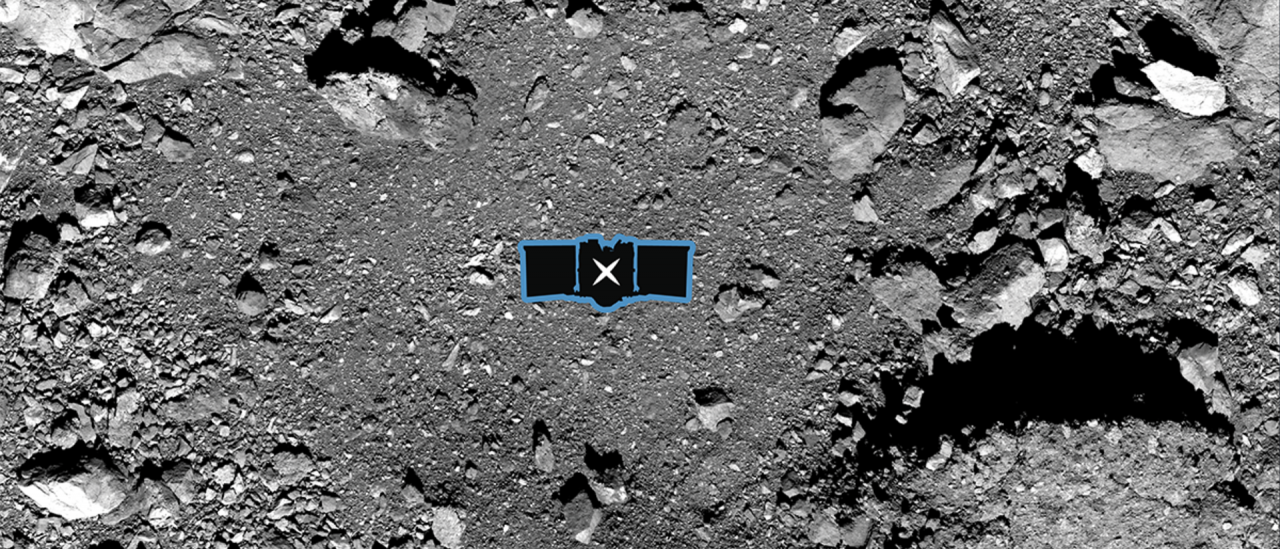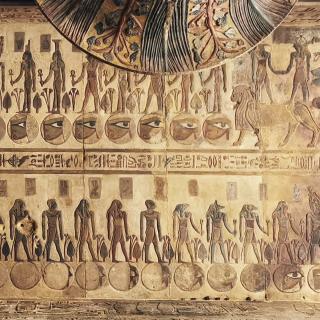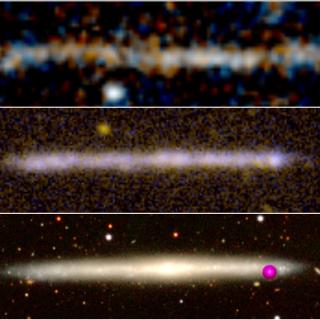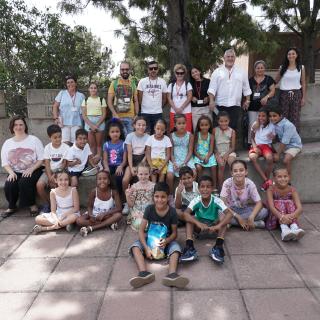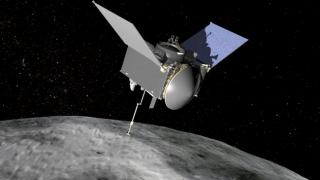
The launch of the OSIRIS-REx probe, planned for 8th September, will study Bennu, one of the oldest asteroids in the Solar System. It could yield clues to its origin and to life on Earth. Researchers from the Instituto de Astrofísica de Canarias (IAC), Javier Licandro and Julia de León are members of the group of scientists who will study this asteroid.
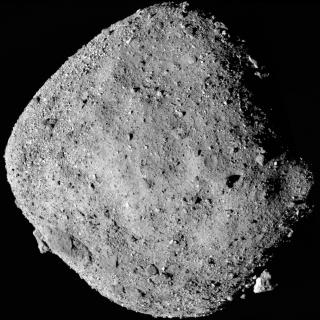
The first results on the analysis of the images of Bennu obtained using OCAMS, OVIRS, and OTES instruments on-board NASA’s OSIRIS-REx spacecraft have been published today in a paper on Nature Astronomy, co-authored by four researchers of the Instituto de Astrofísica de Canarias (IAC) and the University of La Laguna (ULL).
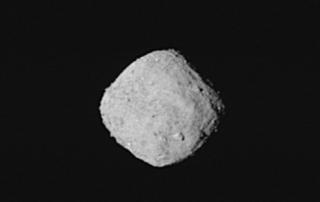
After two years travelling through space, the NASA OSIRIS-REx spacecraft has started to obtain images of the mission target, primitive asteroid Bennu. As part of the Scientific Team of this mission, researchers from the Instituto de Astrofísica de Canarias (IAC), Javier Licandro and Julia de León have already started to work in the calibration of this images in preparation for the ones that will be obtained in December 2018 using color filters.
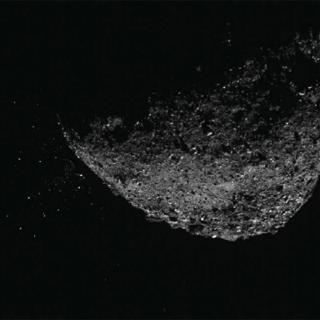
CAPTION: Composite view of particle ejection from the surface of asteroid Bennu on January 6, 2019. This image was produced by combining two exposures taken by the NavCam 1 imager: a short exposure (1.4 ms) showing the asteroid followed by a longer exposure (5 s) to show the particles. First results on the analysis of several particle ejection episodes imaged by the OSIRIS-REx spacecraft have been presented in a Science paper, co-authored by Julia de León and Javier Licandro of the Instituto de Astrofísica de Canarias (IAC). NASA’s OSIRIS-REx spacecraft arrived at asteroid Bennu on December
We present visible wavelength photometry of the OSIRIS-REx target asteroid (101955) 1999 RQ36. We find a rotation period of 4.2968 ± 0.0017 hr and phase slope of 0.039 mag/deg. YORP induced rotation rate changes should be detectable by OSIRIS-REx.
Advertised on:
The NASA OSIRIS-REx mission will retrieve a sample of the carbonaceous near-Earth Asteroid (101955) Bennu and return it to Earth in 2023. Photometry in the Eight Color Asteroid Survey (ECAS) filter system and Johnson–Cousins V and R filters were conducted during the two most recent apparitions in 2005/2006 and 2011/2012. Lightcurve observations
Advertised on:
OSIRIS-REx Target Asteroids! is an award-winning citizen science project conducted as part of the Communications and Public Engagement program of the NASA OSIRIS-REx asteroid sample return mission. The project furthers the study of near-Earth asteroids (NEA) and promotes interest among the amateur astronomy community. The goal of Target Asteroids
Advertised on:
NASA's OSIRIS-REx and JAXA's Hayabusa2 sample-return missions are currently on their way to encounter primitive near-Earth asteroids (101955) Bennu and (162173) Ryugu, respectively. Spectral and dynamical evidence indicates that these near-Earth asteroids originated in the inner part of the main belt. There are several primitive collisional
Advertised on:
NASA's OSIRIS-REx mission is currently on its way to the asteroid (101955) Bennu. Bennu is a primitive asteroid, characterized by a dark surface composed mainly of carbon compounds, organic, and silicates altered by the presence of water. In addition, due to its proximity to the Earth, is classified as a potentially dangerous asteroid (PHA). Among
Advertised on:
The OSIRIS‐REx Asteroid Sample Return Mission is the third mission in National Aeronautics and Space Administration (NASA)'s New Frontiers Program and is the first U.S. mission to return samples from an asteroid to Earth. The most important decision ahead of the OSIRIS‐REx team is the selection of a prime sample‐site on the surface of asteroid
Advertised on:
The OSIRIS-REx asteroid sample-return mission is investigating primitive near-Earth asteroid (101955) Bennu. Thousands of images will be acquired by the MapCam instrument onboard the spacecraft, an imager with four color filters based on the Eight-Color Asteroid Survey (ECAS): b‧ (473 nm), v (550 nm), w (698 nm), and x (847 nm). This set of filters
Advertised on:
Establishing the abundance and physical properties of regolith and boulders on asteroids is crucial for understanding the formation and degradation mechanisms at work on their surfaces. Using images and thermal data from NASA's Origins, Spectral Interpretation, Resource Identification, and Security-Regolith Explorer (OSIRIS-REx) spacecraft, we show
Advertised on:
Los asteroides son objetos resultantes de las colisiones y evolución dinámica de los planetesimales originarios del Sistema Solar. Algunos de estos planetesimales originarios —formados en el disco protoplanetario como consecuencia de la agregación de gas y polvo— sobrevivieron al proceso de formación planetaria y permanecen prácticamente
